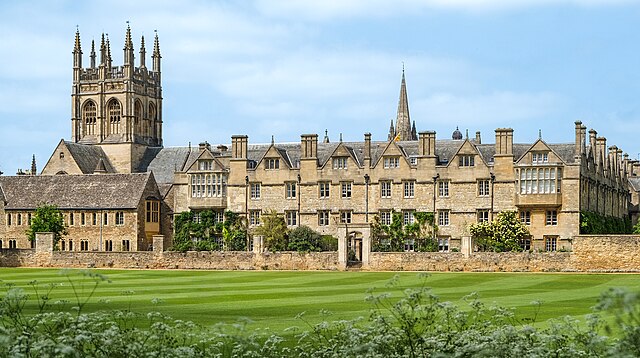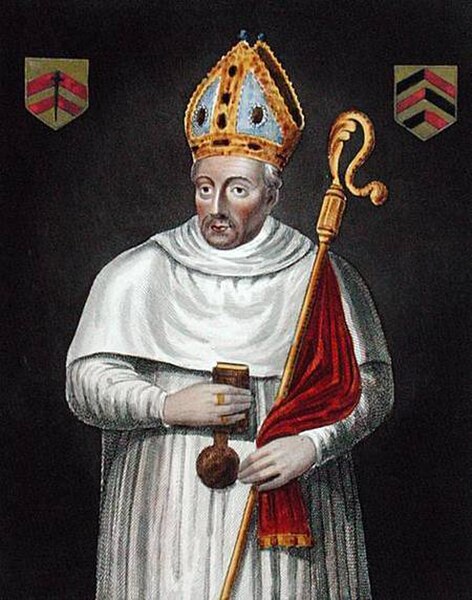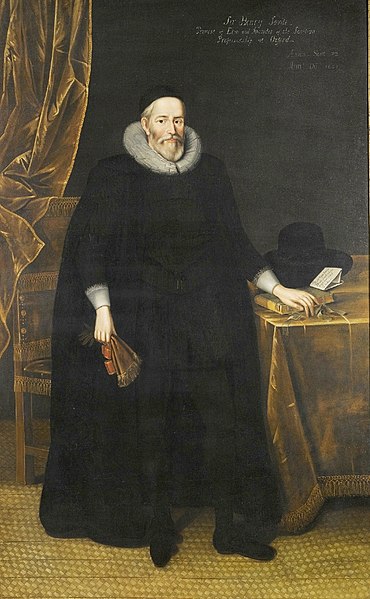Sir George Charles Radda is a Hungarian - British chemist. In 1957, he attended Merton College, Oxford, to study chemistry, having set aside an earlier interest in literary criticism. His early work was concerned with the development and use of fluorescent probes for the study of structure and function of membranes and enzymes. He became interested in using spectroscopic methods including nuclear magnetic resonance (NMR) to study complex biological material. In 1974, his research paper was the first to introduce the use of NMR to study tissue metabolites. In 1981, he and his colleagues published the first scientific report on the clinical application of his work. This resulted in the installation of a magnet large enough to accommodate the whole human body for NMR investigations in 1983 at the John Radcliffe Hospital in Oxford.
Radda in July 1996
Merton College is one of the constituent colleges of the University of Oxford in England. Its foundation can be traced back to the 1260s when Walter de Merton, chancellor to Henry III and later to Edward I, first drew up statutes for an independent academic community and established endowments to support it. An important feature of de Merton's foundation was that this "college" was to be self-governing and the endowments were directly vested in the Warden and Fellows.
South facade as seen from Merton Field
Walter de Merton, (c. 1205 – 27 October 1277), founder of Merton
Henry Savile, Warden from 1585 to 1621, had great influence on the development of the college
St Alban Hall, pictured in 1837, engraving by John Le Keux from a drawing by F. Mackenzie





